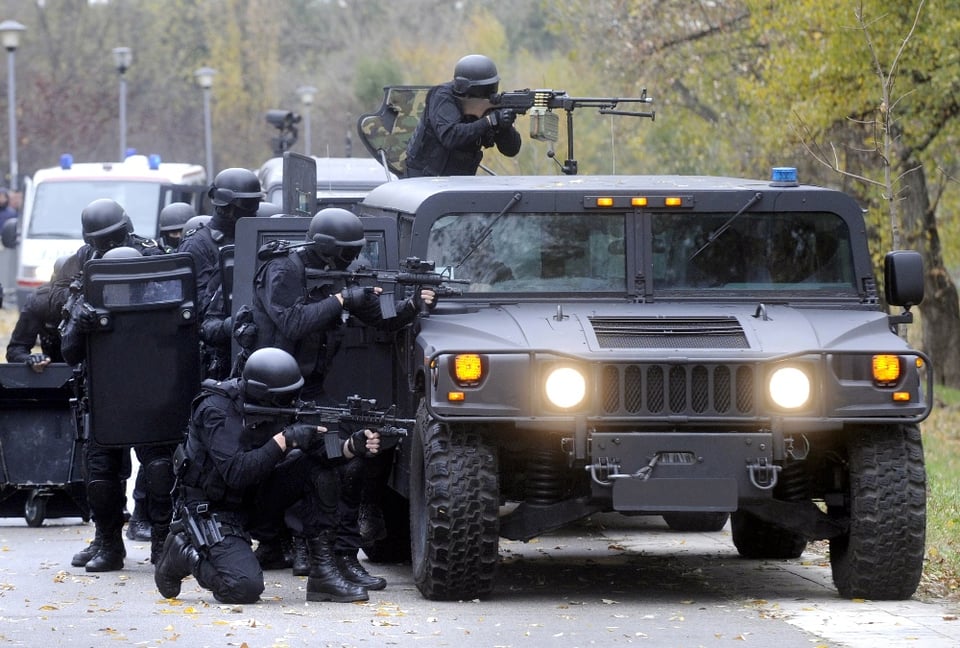Sunrise is about an hour away. SWAT has silently contained the target location. Their stack is at the front door, ready to execute a “no-knock”, high risk warrant on a violent felon. Forced entry is made as the suspect is coming out of the bathroom toward the rear of the home. He is challenged as he retreats to a bedroom and slams the door shut. He responds to the officers’ yelling by firing three rounds through the closed bedroom door. In the blink of an eye, the warrant service has transitioned to a barricade. Now what? Invoke the Incident Command System and get the rest of the crisis management package there, of course. Best case scenario, your negotiators are 45 minutes out. How much head way can be made in 45 minutes? Do SWAT operators engage the suspect in dialogue? Why not have negotiators there already?
If your agency is not doing it, deploy at least two negotiators as a part of your high-risk warrant service package. Ideally, they should be at the pre-raid briefing, gathering as much intelligence as possible about the target site, individual, others expected to be inside the target location and purpose for the warrant service. They should be in the caravan of vehicles that proceeds to the general area of the target location and awaits further instructions. If the execution of the warrant is compromised, they will be in close proximity to do what they do best, sooner rather than later.
In the scenario above, the negotiators would telephone the suspect on the cell number provided by the case detective/agent and begin the process of slowing things down. They will understand what communications techniques to use with the target who is now suffering under the influence of a variety of emotions from anger to fear to confusion. He is a violent felon who has just shot at the police. Odds are he is operating at an intense emotional level in response to a highly stressful event. In other words, he is now in crisis. Crisis causes restricted thinking. His emotions are high. His rational thinking is low. We cannot begin to help direct his decision-making until we deal with intense emotional response that has come from a compromised zero-dark thirty warrant service. A trained negotiator facilitates that. We can ill-afford to wait 45 minutes before engaging the target in conversation. An appropriately deployed negotiator will lower his emotions, returning him to the NFL (Normal Functioning Level). He or she can then begin to compare and contrast the benefits of a negotiated surrender with the risk of further tactical action.
Another option available to you when attaching negotiators to your warrant service package is “surround and call”. This is where, once the target has been contained, the negotiators place a call to the occupants explaining the facts of life. Some say when you “surround and call”, you create a barricade where none existed. And? When choosing between negotiating with a resistant person and gun fighting a resistant person, the choice seems obvious.
Deploying negotiators with your tactical team cuts down on the response time when time is of the essence and time is clearly of the essence when a barricaded subject has fired on police. It is better to have them and not need them than to need them and not have them because when it goes bad, it goes bad quickly. In Part II of this article I will talk about what happens when SWAT is forced to negotiate through the door with the suspect.

